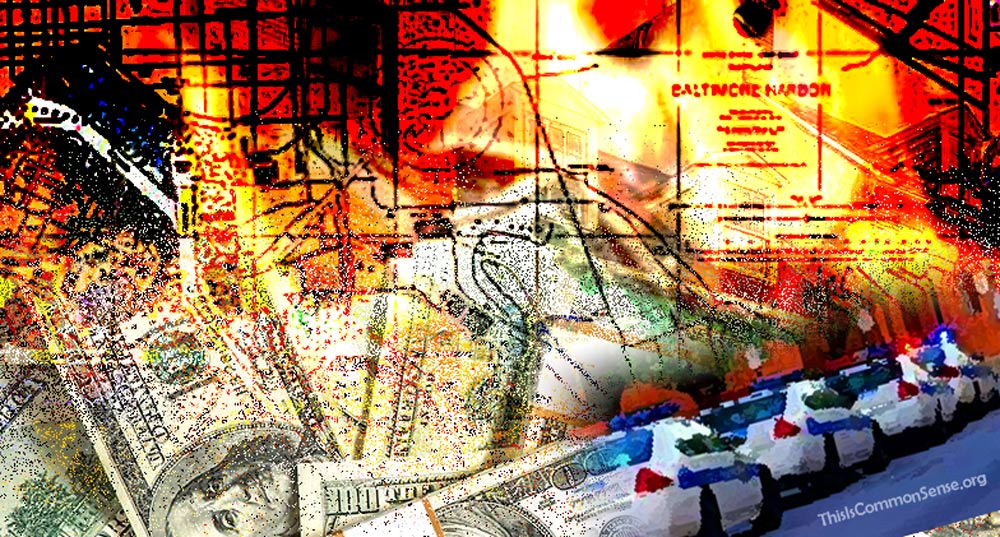It was quite the party. All the big names were at the Met Gala, coughing up $30 thousand per ticket. Representative Alexandria “Woman of the People” Ocasio-Cortez (D‑N.Y.) turned heads with her stunning dress … emblazoned with the big red words: “Tax the Rich.”
Other women at the event sported similar ideological markers: “Equal Rights for Women” and … excuse me … “Peg the Patriarchy.”
The most common comment? The sheer elitist effrontery.
This was of and for the poshest of the posh: celebrity culture. And couture.
The stars and politicians and multi-millionaires presented themselves proudly, smiling, unmasked — while waited on by staff all masked up.
It takes a certain amount of gall to parade before the plebes, maskless while they are masked — though we are told the celebs masked up once the red carpet parade was over. To pretend to be “with the people” and somehow against the rich while hobnobbing with the super-wealthy is one thing, but twirling and smiling and showing off while the lowly servants are not even allowed to show their faces … undermines that whole “tax the rich” theme.
Meanwhile, the president expressed pent-up anger at those who resist being vaccinated (“We’ve been patient, but our patience is wearing thin”) and the vice president tweeted that one way to “end the pandemic” is by “protecting the vaccinated.”
The vaccinated are allegedly protected — by their vaccines.
All this echoes Marie Antoinette — had she ever possessed the temerity to parade about as Jean-Paul Marat.
This is Common Sense. I’m Paul Jacob.
—
See all recent commentary
(simplified and organized)





